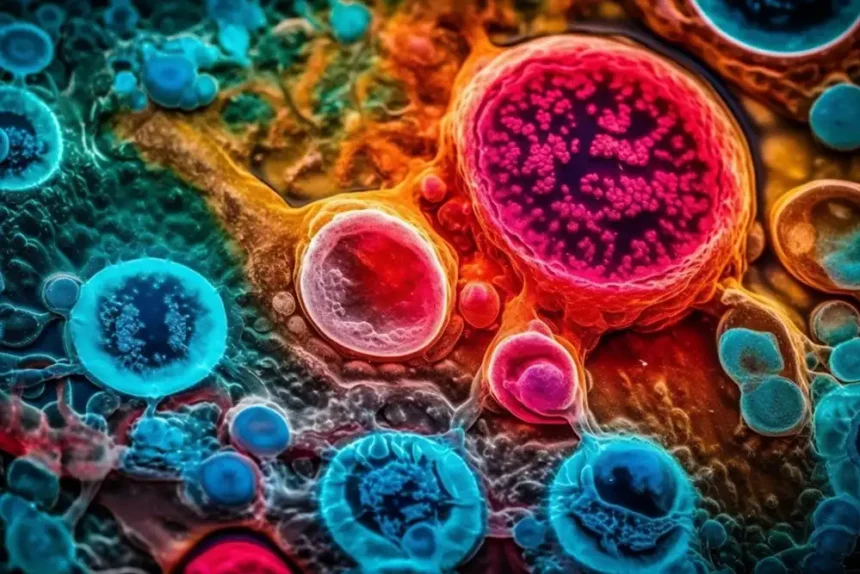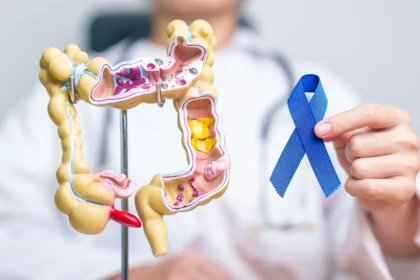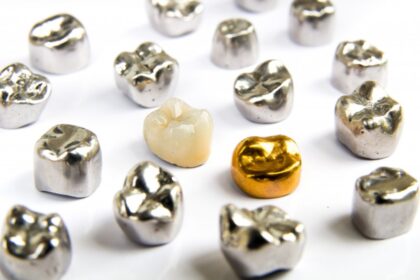Regenerative medicine seeks to repair, replace, or restore damaged tissues and organs in the human body. One approach within this field is stem cell therapy, which involves using these cells to assist the body’s natural healing processes. These specialized cells have the unique ability to develop into various cell types, ranging from muscle cells to brain cells. Here are some of the ways stem cell applications are being explored in regenerative medicine:
Stimulating Healing
Your body has a natural ability to heal itself, and stem cells play a key role in this process. When you experience an injury, your body sends signals to recruit cells to the damaged area. These cells then get to work, helping to repair the tissue.
Therapies are being developed to support this natural response. The process typically involves collecting cells from your own body and concentrating them. They then deliver these concentrated cells to the area of injury.
The goal is to provide the body with a higher concentration of the cells it already uses to manage repairs, potentially aiding the healing process. Stem cell therapies aim to improve their safety and effectiveness for a range of conditions. These therapies hold promise for advancing regenerative medicine and addressing previously untreatable injuries or diseases.
Treating Bone Damage
Dealing with a bone that fails to heal correctly can be a lengthy and challenging process. These situations occur when the bone fails to mend after a break. These cells may offer a novel approach to addressing complex bone injuries.
In these procedures, these cells are typically harvested from the patient’s bone marrow. After the doctors process them, they apply the material to the fracture site. The intention is for these cells to help form new bone tissue, bridging the gap and promoting fusion.
Alleviating Back Pain
Chronic back pain, particularly from conditions like degenerative disc disease, affects many people. This condition occurs when the discs between your vertebrae wear down, resulting in pain and reduced mobility. These applications are used to address the underlying cause of this type of pain. The approach involves injecting cells directly into the affected spinal discs.
Fixing Joint Damage
Joints, particularly the knees, hips, and shoulders, are prone to damage from injuries or degenerative conditions such as osteoarthritis. This damage may involve the breakdown of cartilage, the smooth tissue that cushions the ends of your bones. Loss of cartilage leads to pain, stiffness, and reduced mobility.
People use these injections to treat joint damage. These cells are typically introduced into the affected joint space. Doctors use stem cells to generate new cartilage tissue and decrease inflammation within the joint. This approach offers a minimally invasive option for people dealing with joint pain and looking for ways to manage their symptoms.
Schedule Stem Cell Therapy
Understanding how stem cell innovations are being applied in regenerative medicine can help you make informed decisions about your health. If you are curious to learn more about these procedures and determine if they are a suitable option for you, the next step is to consult with a professional. Schedule a consultation with our team to discuss your specific condition and explore your options.









